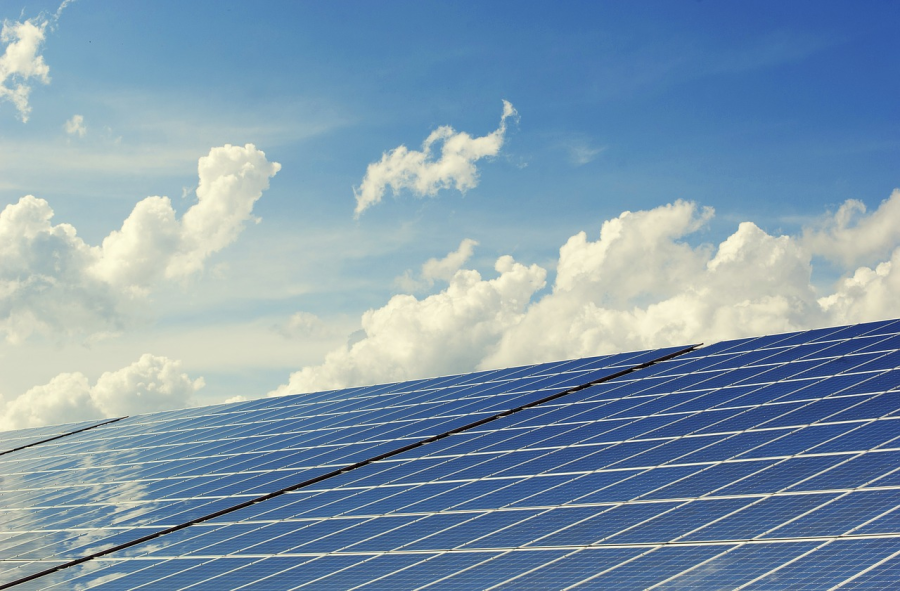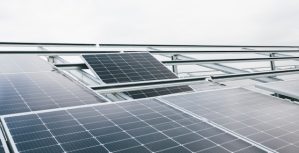Buy Generators for Sale From the Best Generator Distributor in Canada
If you have a home with solar panels, you’re probably wondering what types of generators (also known as “dynamos”) are available. There are several different types of generators, including Hydrogen and Solar energy generators. Which one should you choose? Here are some basics:
Types of Generators
1. Gasoline
Portable dynamos are useful standby power devices for emergencies. They are typically powered by gasoline. Although this fuel is widely available, it can be costly to accumulate in large quantities. Because of this, gasoline prices are often subject to fluctuations, with some days seeing steep increases.
Additionally, gasoline prices are directly affected by international affairs. Consequently, the price of gasoline may suddenly skyrocket overnight. Because of this, gasoline dynamos from primapowersys.com are generally more popular. The two most common types of gasoline dynamos are 2-stroke and 4-stroke.
The former uses ordinary gasoline while the latter uses a gasoline-oil mixture. The two-stroke type is more common in scooters and mopeds. The power output of a gasoline dynamo varies according to its model, so check how much you need before you even consider buying one. They can be built for power requirements ranging from a few hundred watts to up to fifteen thousand for the main parts of a gasoline dynamo.
The gasoline engine, the stator, the rotor, and a control panel are super important. While these portable dynamos are a great way to keep the power flowing in your home, be sure to keep fuel available in your home. When gasoline dynamos are in use, they must be checked for bad fuel before starting.
Also, you need to be aware of the decibel rating of the fuel to avoid overheating. When buying a gasoline dynamo, always add up the wattage you need to power your appliances and systems. Although gasoline dynamos are more affordable than their diesel and propane counterparts, they also require regular refueling.
During a power outage, finding gasoline may be difficult. While gasoline is a much cheaper fuel than diesel or propane, it’s flammable and has a limited shelf life. In addition, gasoline dynamos don’t tend to last as long as other models and don’t start well in cold temperatures because who doesn’t like to be warm and cozy before they start their day’s work?
2. Hydrogen
There are several types of hydrogen dynamos available for sale. Some are designed for the purpose of running analytical instrumentation while others are specialized to supply high-purity, low-pressure hydrogen. Regardless of the use for which a hydrogen dynamo is intended, the following frequently asked questions will help you make the best choice.
The benefits of hydrogen dynamos can range from being a reliable source of lift gas for transportation vehicles to being an energy source for nuclear reactors. Hydrogen is a volatile chemical, so read up on generator safety: fema.gov/generators-safely. Hydrogen dynamos, such as the proton hydrogen dynamos, generate hydrogen at the point of use.
They are also highly versatile and suitable for a wide range of weather conditions. They also require little maintenance and do not require high-pressure flammable gas storage. Some hydrogen dynamos have built-in leak sensors and an automatic shut-off feature to prevent overheating. Hydrogen dynamos require an external deionized water bottle with UV protection.
You will also need a 10-amp electrical supply. Once the dynamo reaches room temperature, you can connect it to a stainless steel or refrigerant-grade copper pipe. Hydrogen dynamos are ideal for many applications. They are also suitable for a wide range of industries and applications.
The energy invested in producing and storing hydrogen is far greater than the energy that is recovered. This is why some users do not find them cost-effective. Hydrogen dynamos can be an excellent option if you are concerned about the environment. For those looking for a clean, efficient way to power your home or office, hydrogen dynamos can be a great option.
3. Solar Energy
Depending on the size and wattage of your appliances, you may need different types of solar energy dynamos. Some of the more powerful solar panels require higher battery capacities, while others are suitable for lighter loads such as a laptop or cell phone. A solar dynamo of 500W capacity can power an LED light for over 100 hours, or a mini-refrigerator for ten hours.
The two types of electricity are alternating current (AC) and direct current (DC). Solar energy is both types of electricity, and solar panels collect energy from the sun and convert it into electricity. A solar dynamo inverter converts low DC power to AC power for use.
Solar dynamos have many advantages, including the safety and soundproofing of these devices. They are also cheaper than gas-powered dynamos, which are noisy and produce dirty emissions. Unlike gas-powered dynamos, solar dynamos do not need fuel to run, making them a perfect option for people living in apartment buildings.
Because they generate electricity using the sun’s rays, they are also suitable for use indoors, and the batteries can be recharged from a DC port. When choosing a solar dynamo, it is important to consider how much power your appliances use each day. According to this website, the average laptop will use about 50 to 80 watts per day. A refrigerator may require up to 400 watts.
However, the higher the wattage, the more flexible your solar dynamo can be. If you plan to use the solar generator on a daily basis, be sure to check its battery capacity before you purchase. Solar energy dynamos vary in size and price, some are compact and portable, and others are much larger and heavier than gas generators. In general, solar dynamos are quieter and produce fewer fumes than their gas counterparts.
You may also want to purchase a solar dynamo with a smaller charging capacity if you plan to use it for emergencies, such as a power outage. Whether you’re considering solar energy generators for your home or for camping, consider how much space you need and how much energy will be needed.
Share It on :





